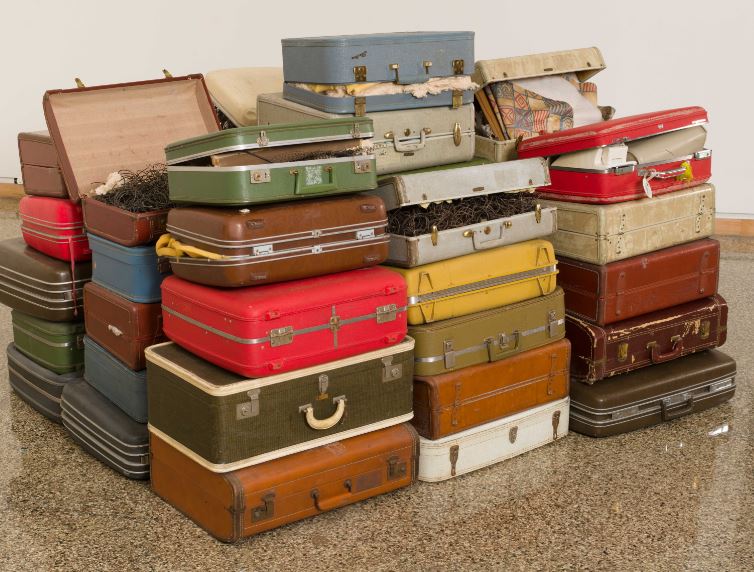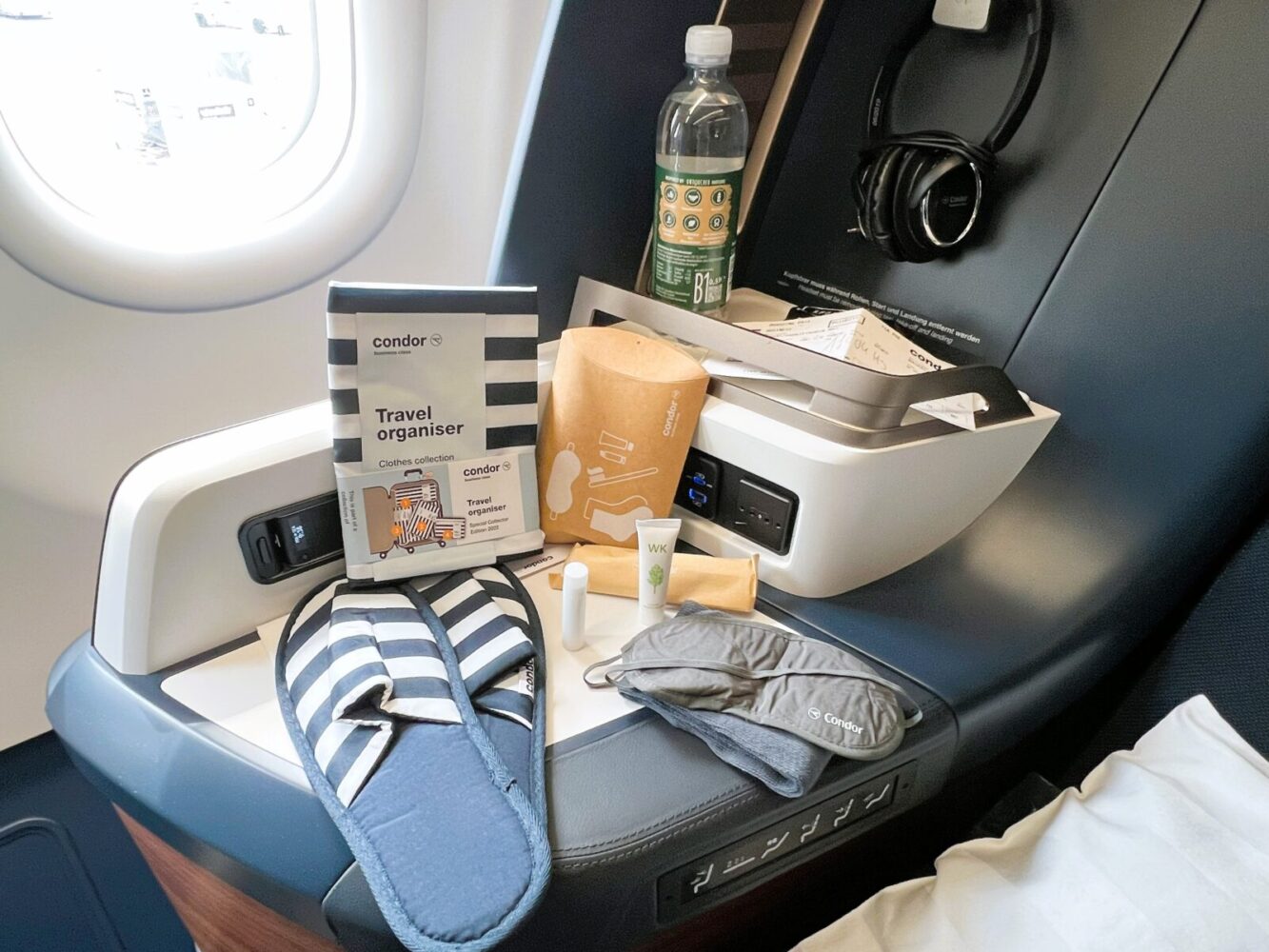The news about the wildfires on the Island of Maui is heartbreaking and frightening.
As of Thursday evening, officials were reporting that the wildfires had killed at least 54 people, with the number expected to rise.
Figuring out how many buildings, trees and other parts of the landscape have been burned is difficiult. But satellite images such as the ‘before’ and ‘after’ image of the historic town of Lahaina shared by Maxar Technologies are offering devastasting images.
Tourists told to get out and stay home
The Hawaii Tourism Authority is telling tourists and visitors who are in Maui to leave. Those with trips planned are being asked to cancel or postpone.
“In the days and weeks ahead, our collective resources and attention must be focused on the recovery of residents and communities that were forced to evacuate their homes and businesses, ” the authority said on it website. “Visitors who have travel plans to visit Maui in the coming weeks are encouraged to consider rescheduling their travel plans for a later time.”
Airlines, others helping out
“The images of Lāhainā burning – enveloped in an impenetrable cloud of black smoke – have been difficult to witness. Our hearts are with our community members, employees and all those devastated by the Maui fires,” Hawaiian Airlines said in a statement, “As Hawaiʻi’s hometown carrier, we pledge to support disaster response efforts until the demanding work of recovery is complete.”
The airline is adding flights to support evacuation efforts, capping ticket prices between Kahului, Maui (OGG) and Honolulu at $19 until August 11, and offering a travel waiver for passengers with tickets to or from OGG through the end of the month.
The airline is also carrying essential cargo such as medical supplies to Maui and donating catering items, amenity kits, mattress pads, pillows and other supplies for evacuees arriving at Kahului Airport.

Other airlines are helping out with evaucation flight and travel waivers too.
Alaska Airlines flew a rescue flight to Maui with relief supplies for local residents – everything from water and food to pillow, blankets, baby formula and diapers. The Seattle-based airline is also helping ot evacute travelers to Seattle and is adding additional rescue flights.
Travel Waivers for Maui
Here are links to the airline travel waiver policies currently in effect for Maui:
How to Help
Hawaii Tourism suggests donating money to the Maui Strong Fund.
If you’ve got airline miles to spare, you can also donate those.
Here is a link to the Donate Miles to Charity page for Hawaiian Airlines, which lists the American Red Cross of Hawaii, the Blood Bank of Hawaii, and the Hawaii Humane Society among the beneficiaries.
The Alaska Airlines Care Miles Program has a disater relief pool.
United Airlines’ Mileage Plus on a Mission page lists the American Red Cross and Airlink among its partner charities.
You can also donate directly to the Airlink global humanitarian organization here.














